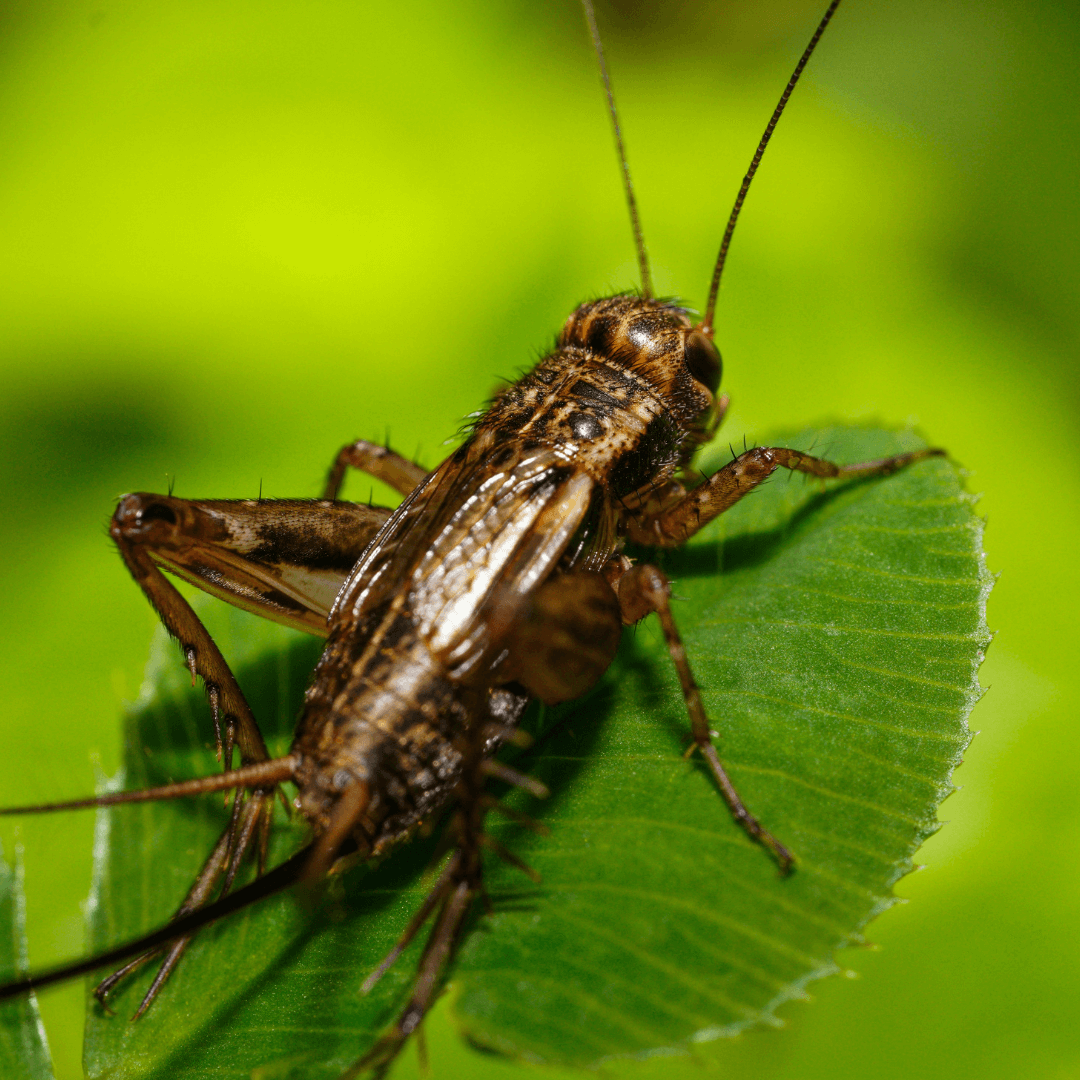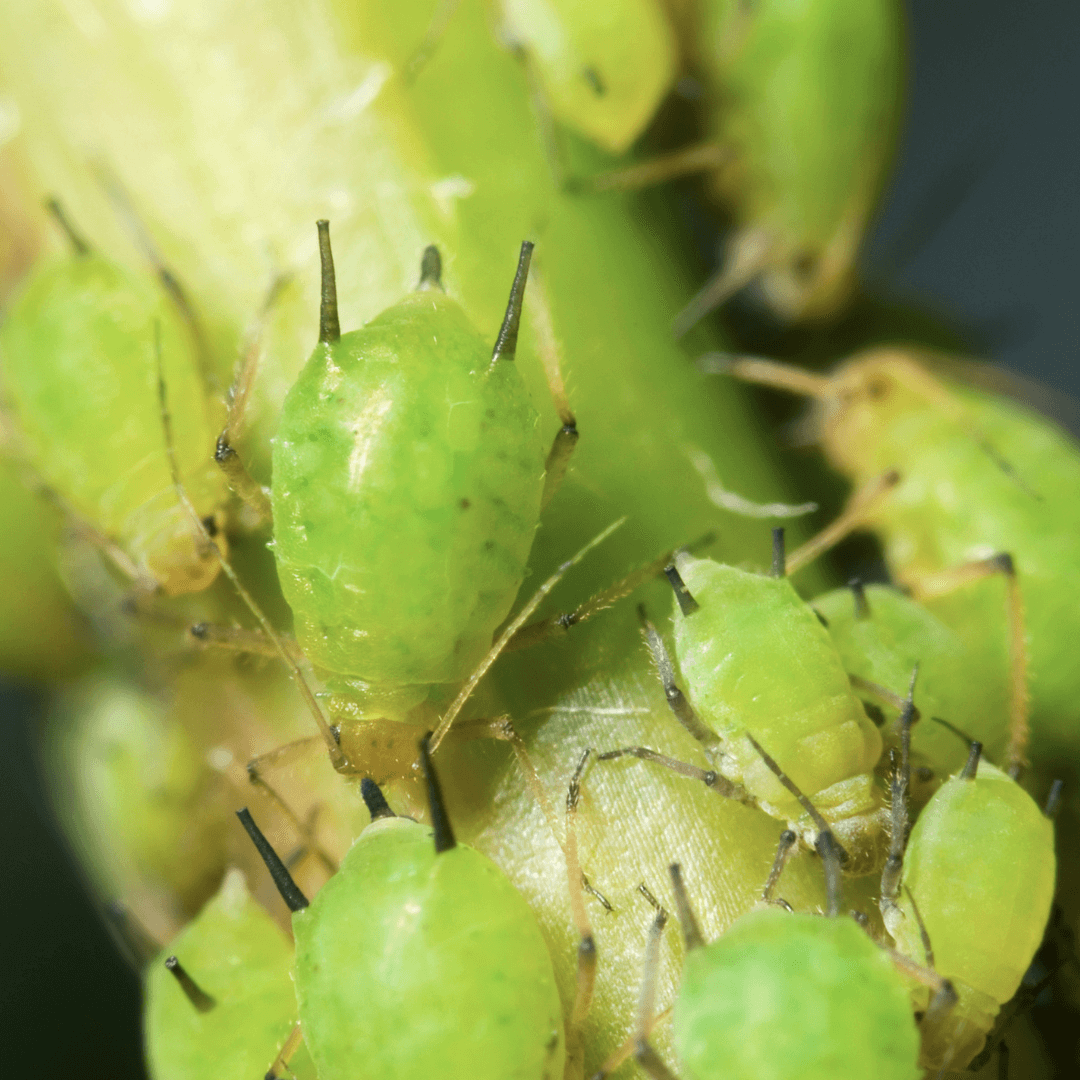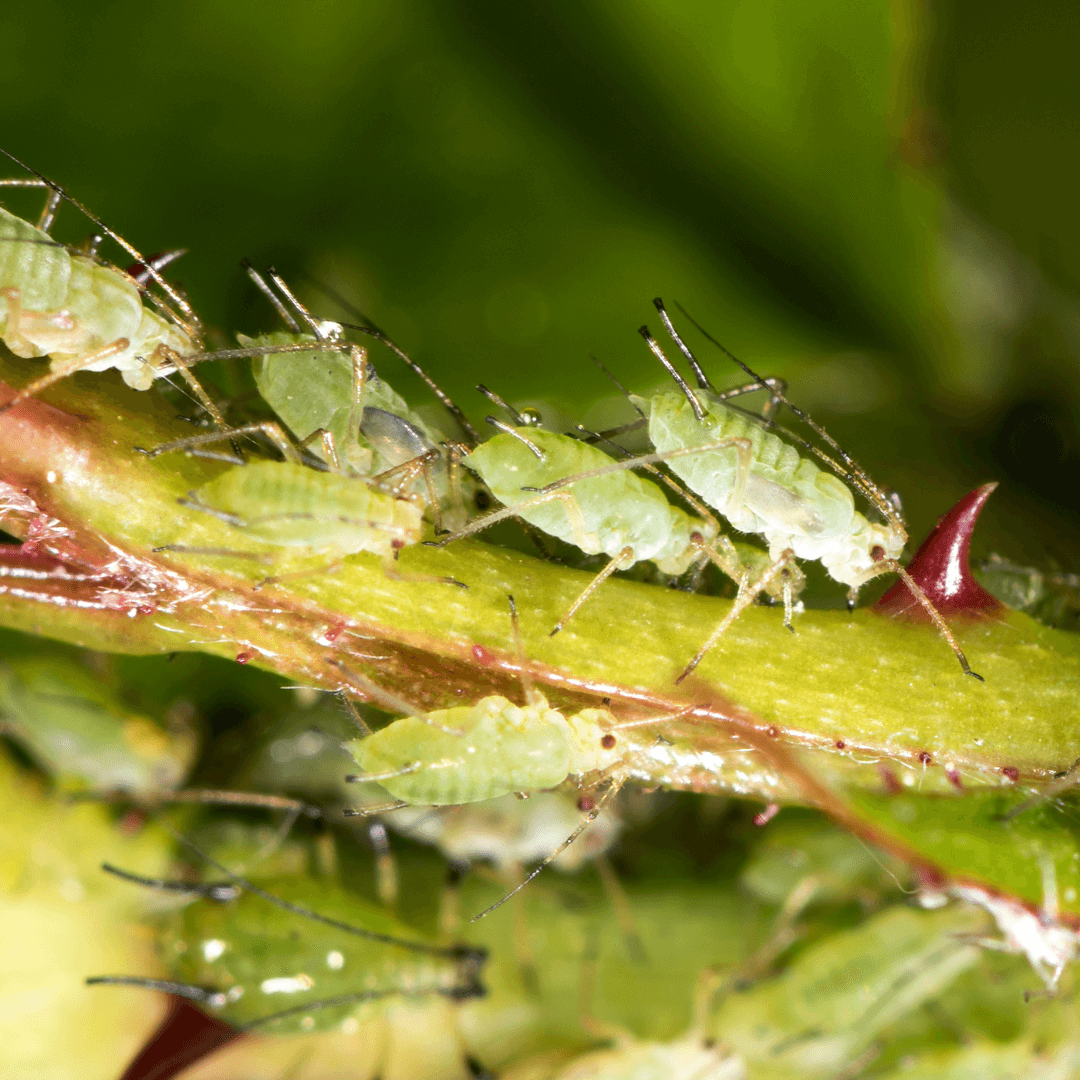Gardening enthusiasts and nature lovers often wonder whether certain insects are good or bad for their gardens. One such creature that has attracted much debate is the daddy long legs. In this in-depth article, we will explore are daddy long legs suitable for gardens and bust some myths about these creatures.
Table of Contents
- Introduction
- Understanding Daddy Long Legs
- Daddy Long Legs: Friend or Foe?
- Misconceptions About Daddy Long Legs
- Attracting Daddy Long Legs to Your Garden
- Controlling Daddy Long Legs Population
- Benefits and Drawbacks of Daddy Long Legs
- Conclusion
Introduction
Daddy long legs, often misunderstood, are a common sight in gardens and yards. With their tiny bodies and long legs, they're easily recognizable. Despite their slightly intimidating appearance, these arachnids can benefit your garden. This step-by-step guide will uncover the truth about daddy long legs and help you understand their role in maintaining a healthy garden ecosystem.
Understanding Daddy Long Legs
The term "daddy long legs" can refer to two different types of arachnids: the cellar spider (Pholcidae family) and the harvestman (Opiliones order). Though they look similar, these two creatures are quite distinct.
Cellar Spiders
Cellar spiders are true spiders with bodies and long legs. They are usually found in dark, damp areas such as basements and garages. These spiders create messy, irregular webs to catch their prey, which consists of insects and other small arthropods.
Harvestmen
Harvestmen, on the other hand, are not true spiders. They have a single, oval-shaped body with long legs. Harvestmen do not produce silk or webs; their diet consists of insects, bird droppings, dead plants, and fungi.
Daddy Long Legs: Friend or Foe?
Both cellar spiders and harvestmen are generally considered beneficial for gardens. Here's why:
Pest Control
Daddy long legs feed on various pests that can wreak havoc in your garden, including aphids, mites, and small insects. By preying on these pests, daddy long legs help to keep their populations in check, reducing the need for chemical pesticides.
Vegetable Seed Vault Kit | 35 Variety Pack

$29.95
$49.95
Ultimate Survival Seed Vault: 16,000+ Non-GMO Heirloom Vegetable Seeds for Emergency Preparedness Introducing the Seed Vault Kit, your all-in-one solution for emergency preparedness and sustainable gardening. This premium seed kit contains over 16,000 non-GMO, Heirloom, Non-Hybrid, and Open Pollinated seeds,… read more
Decomposers
Harvestmen, in particular, play an essential role in breaking down dead plant matter, bird droppings, and other organic materials. As decomposers, they help recycle nutrients back into the soil, promoting a healthy ecosystem.
Misconceptions About Daddy Long Legs
Several myths surrounding daddy long legs have led to misunderstandings about their nature and role in gardens.
Venomous Bite
A common misconception is that daddy long legs are venomous, with some even believing that they are the most venomous spiders in the world but are unable to bite humans due to their small fangs. However, this myth is false. Neither cellar spiders nor harvestmen are venomous nor dangerous to humans.
Harmful to Plants
Some gardeners worry that daddy long legs may damage their plants. However, these arachnids do not feed on plants, and their presence is unlikely to cause harm. Instead, their appetite for garden pests can be a boon to your greenery.
Attracting Daddy Long Legs to Your Garden
If you want to encourage daddy long legs to take up residence in your garden, consider the following steps:
Provide Shelter
Both cellar spiders and harvestmen appreciate sheltered spaces. Planting a variety of shrubs, tall grasses, and ground cover can give them the protection they need. You can also create small rock piles or leave leaf litter in your garden to create hiding spots.
Keep It Organic
Avoid harsh chemical pesticides, as they can harm daddy long legs and the pests you're trying to eliminate. Instead, opt for organic pest control methods and let daddy long legs do their job as natural predators.
Maintain Moisture
Daddy long legs thrive in damp environments. While you don't want your garden to be soggy, maintaining moisture through regular watering can create a welcoming habitat for these arachnids.
Controlling Daddy Long Legs Population
While daddy long legs are beneficial, it's essential to maintain a balance in your garden ecosystem. If you find their population growing too large, consider these control methods:
Natural Predators
Birds, frogs, and lizards are all-natural predators of daddy long legs. Encouraging these creatures to visit your garden can help keep the daddy long legs population in check.
Popular Herb Seeds for Planting | 35 Variety Pack
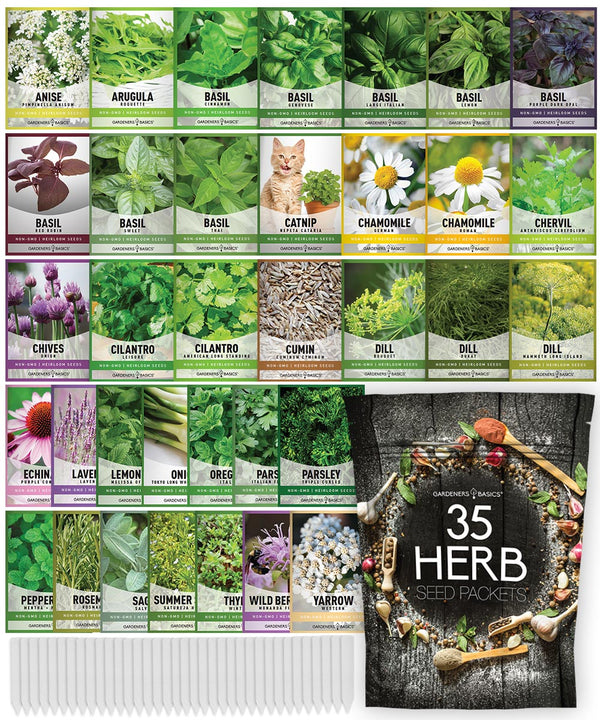
$29.95
$49.95
Heirloom, non-GMO herb seeds for indoor and outdoor home gardens! Introducing our 35 Herb Seeds Variety Pack, the ultimate selection for any herb garden enthusiast! This premium assortment includes heirloom herb seeds that are non-hybrid, open-pollinated, and non-GMO, ensuring you get only… read more
Manual Removal
If the population becomes overwhelming, you can remove daddy long legs by hand. Be gentle and relocate them to a different area, away from your garden.
Benefits and Drawbacks of Daddy Long Legs
To summarize, here are the main benefits and drawbacks of daddy long legs in your garden:
Benefits
- Natural pest control: Daddy long legs feed on various garden pests, reducing the need for chemical pesticides.
- Decomposition: Harvestmen are crucial in breaking down organic matter and recycling nutrients into the soil.
- Harmless to humans: Despite common myths, neither cellar spiders nor harvestmen are venomous nor harmful to humans.
Drawbacks
- Overpopulation: In some cases, daddy long legs populations can grow too large, requiring control measures to maintain a balance in your garden ecosystem.
 Conclusion
Conclusion
With their distinctive bodies and long legs, Daddy's long legs can be a welcome addition to your garden. They serve as natural pest control agents and help maintain a healthy ecosystem by decomposing organic materials. By understanding their role and providing them with suitable habitats, you can enjoy the benefits they offer while maintaining a balanced garden environment.
Remember to be mindful of their populations and use gentle control measures if necessary. With proper care, daddy long legs can become a valuable ally in your gardening efforts, keeping pests at bay and contributing to a thriving, healthy garden ecosystem.





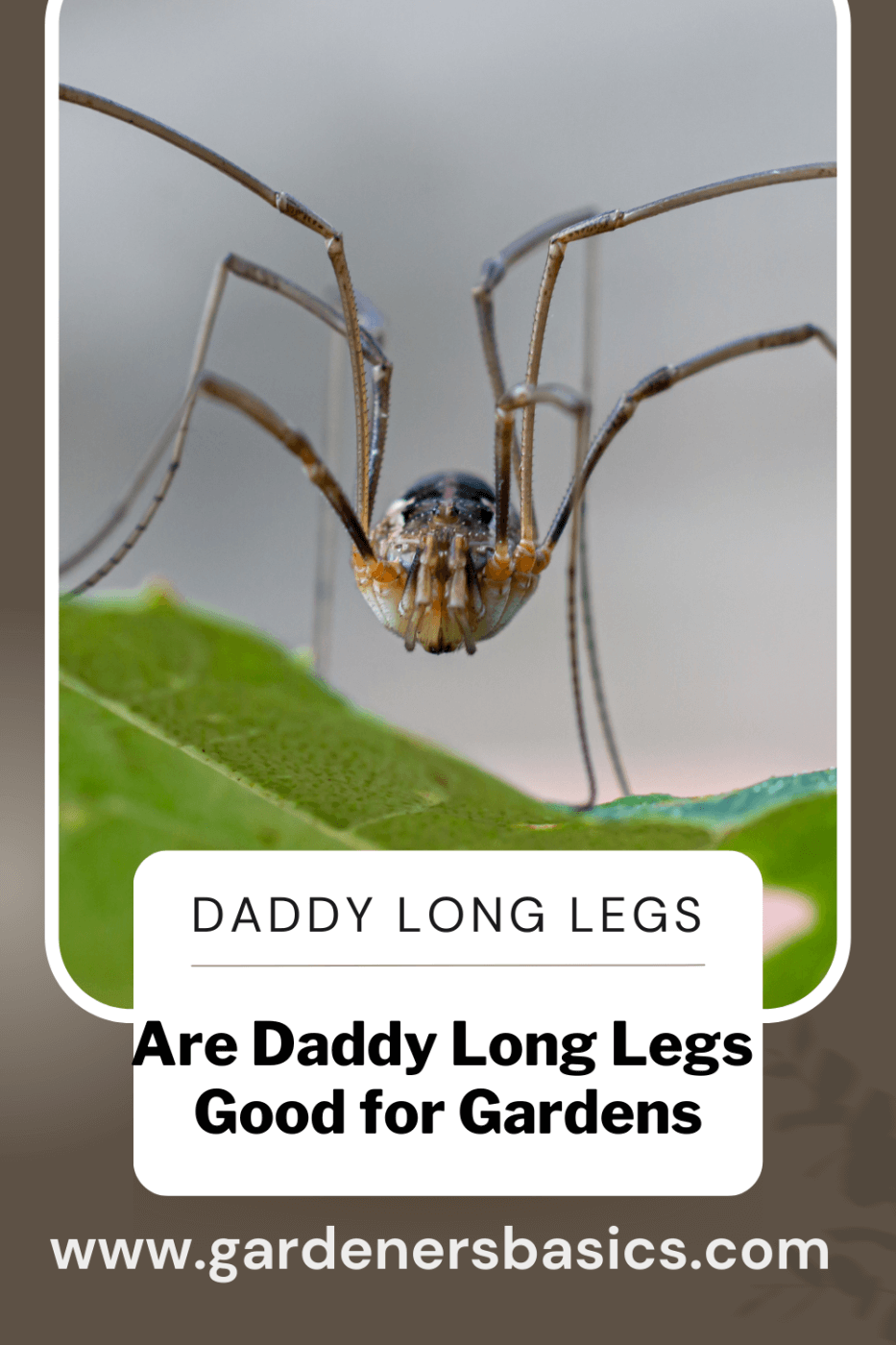 Conclusion
Conclusion